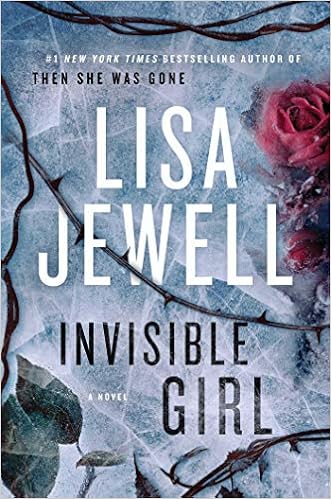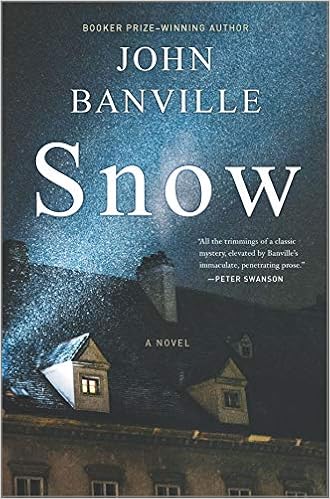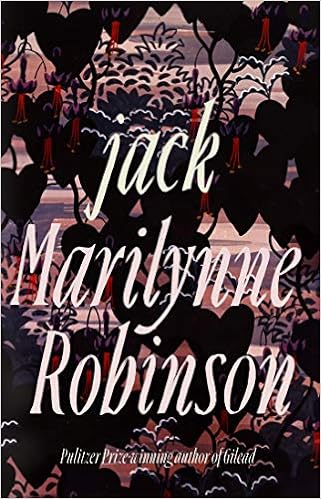3 Stars
I finally got around to reading this 2019 Giller Prize winner; actually, I listened to it as an audiobook, and that may not have been the best idea because of the experimental style.
In the late-1970s, nineteen-year-old Felicia Shaw, a black immigrant from a “small unrecognized island,” meets Edgar Gross, a much older and affluent white man of German background. Their first encounter is in a Toronto hospital room where their mothers are patients. Felicia’s mother dies and Edgar convinces Felicia to take care of his mother once she is discharged. Their short-lived relationship results in Felicia becoming pregnant. The novel then jumps fifteen years into the future. Felicia and her teenaged son Army rent part of a house from Oliver, a bitterly divorced man. In the latter part, Army is 36 but still living in the house shared by Oliver, Felicia, and Riot, a college-aged young man whom they have raised since his birth.
The novel examines relationships and unconventional family structures and how they are formed. Often relationships are established only because of proximity. That is certainly the case with Felicia and Edgar and Felicia and Oliver. When Felicia and Army move into part of a house owned by Oliver, they form a sort of family with him and his children. Later Oliver and Felicia adopt Riot, even though they are not a couple. Army tries to form a relationship with his father and even forces others to accept him as part of their already unorthodox family. On the other hand, some characters use distance to separate themselves from relationships. This is certainly the case with Riot’s mother and father.
The structure is unusual. Williams explained it in an article in Quill and Quire: “it’s in four parts and each part approaches reproduction differently. In part one it’s biological. It’s in 23 paired chapters so it’s chromosomal. Part two has four characters, so we go from those two characters to four characters and 16 chapters. And part three [grows] exponentially, from 16 to 256 small sections [16 x 16]. At the end of part three the book gets cancer and you see those tumours growing in the superscript and the subscript [rendered by the text flowing intermittently above, below, and along the sentence lines]. That is the final form of reproduction beyond human control” (https://quillandquire.com/authors/poet-ian-williams-experiments-with-structure-to-tell-a-classic-love-story/).
The style is also irregular. For instance, song lyrics, German words, and Caribbean patois are included. Some sections are like stream-of-consciousness. My issue with the style is that, especially in the later sections, it becomes more of a focus than the content. What’s with the many different spellings of Edgar’s names?
The characters are certainly distinct, but the men are all unlikeable. Edgar’s surname is so appropriate for a self-absorbed, arrogant manipulator who treats women abhorrently. Oliver is a wanna-be rock star who frequents strip clubs and constantly mocks his ex-wife’s appearance. Army is full of get-rich-quick schemes even as an adolescent; in his mid-30s, he remains a hustler, even in his romantic relationships. Riot is another man-child who expects others to support him while he makes art films which include recording a man’s death. And don’t get me started on Skinnyboy!
Women are forced to shoulder more responsibilities than men. Edgar has no qualms about leaving his mother without a caregiver, knowing that Felicia will feel a moral responsibility to step in. Felicia raises Army as a single mother without any financial support from the wealthy Edgar; in fact, he blames her for getting pregnant, even though he had lied to her about having a vasectomy. When Army brings a terminally-ill man into the home, his care falls mostly to Felicia. I kept wishing Felicia would develop a backbone and stand up to the men; if she had been more forceful with Army and Riot, they might have become more mature. I can understand a 19-year-old being manipulated, but it is more difficult to understand in a 55-year-old.
I’ve read two other titles that were on the 2019 Giller Prize shortlist: The Innocents by Michael Crummey (https://schatjesshelves.blogspot.com/2019/10/review-of-innocents-by-michael-crummey.html) and Small Game Hunting at the Local Coward Gun Club by Megan Gail Coles (https://schatjesshelves.blogspot.com/2020/03/review-of-small-game-hunting-at-local.html). I think both of these are of better quality. When compared to these two novels, Reproduction suffers because of more focus on style than substance.







